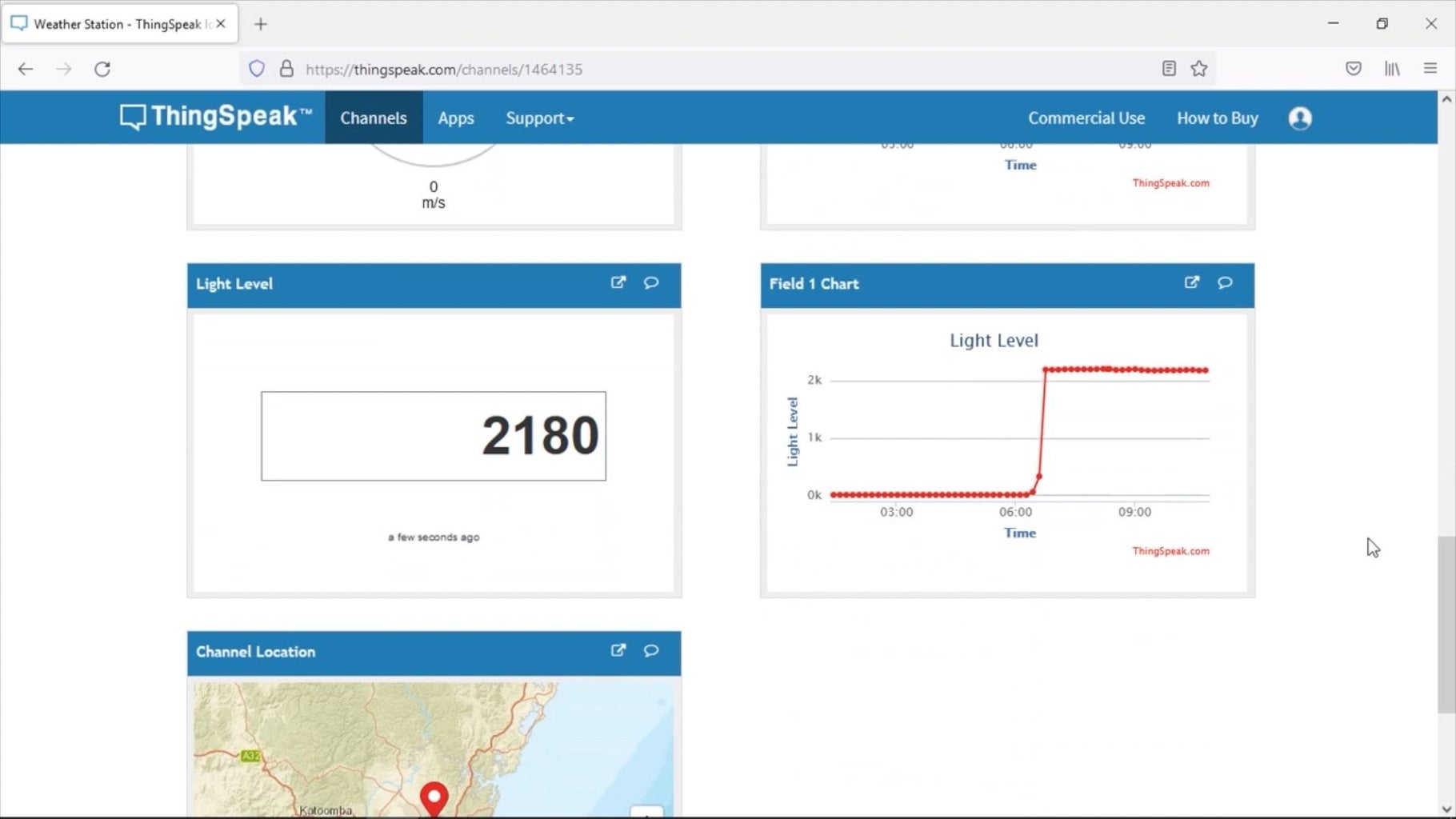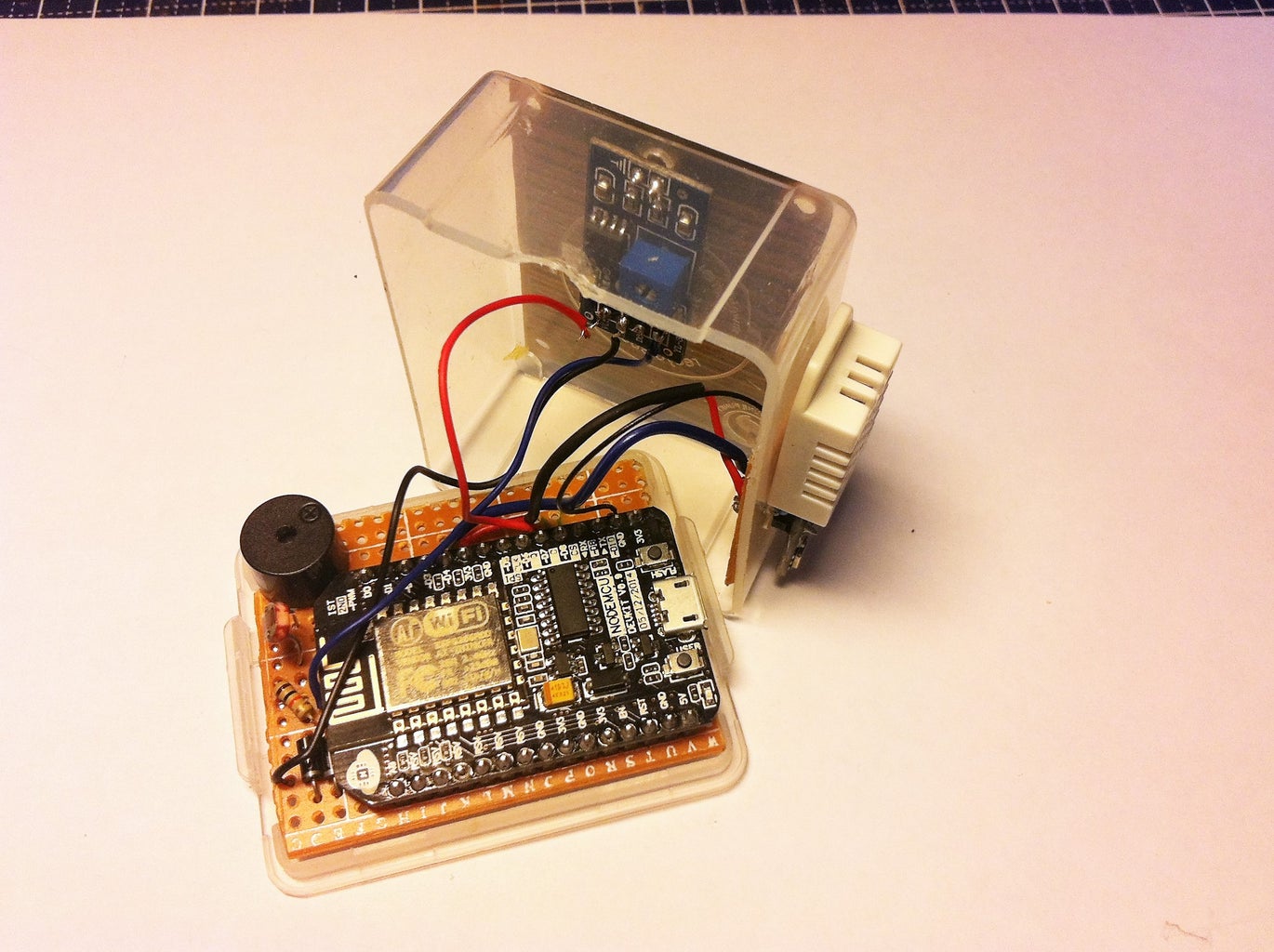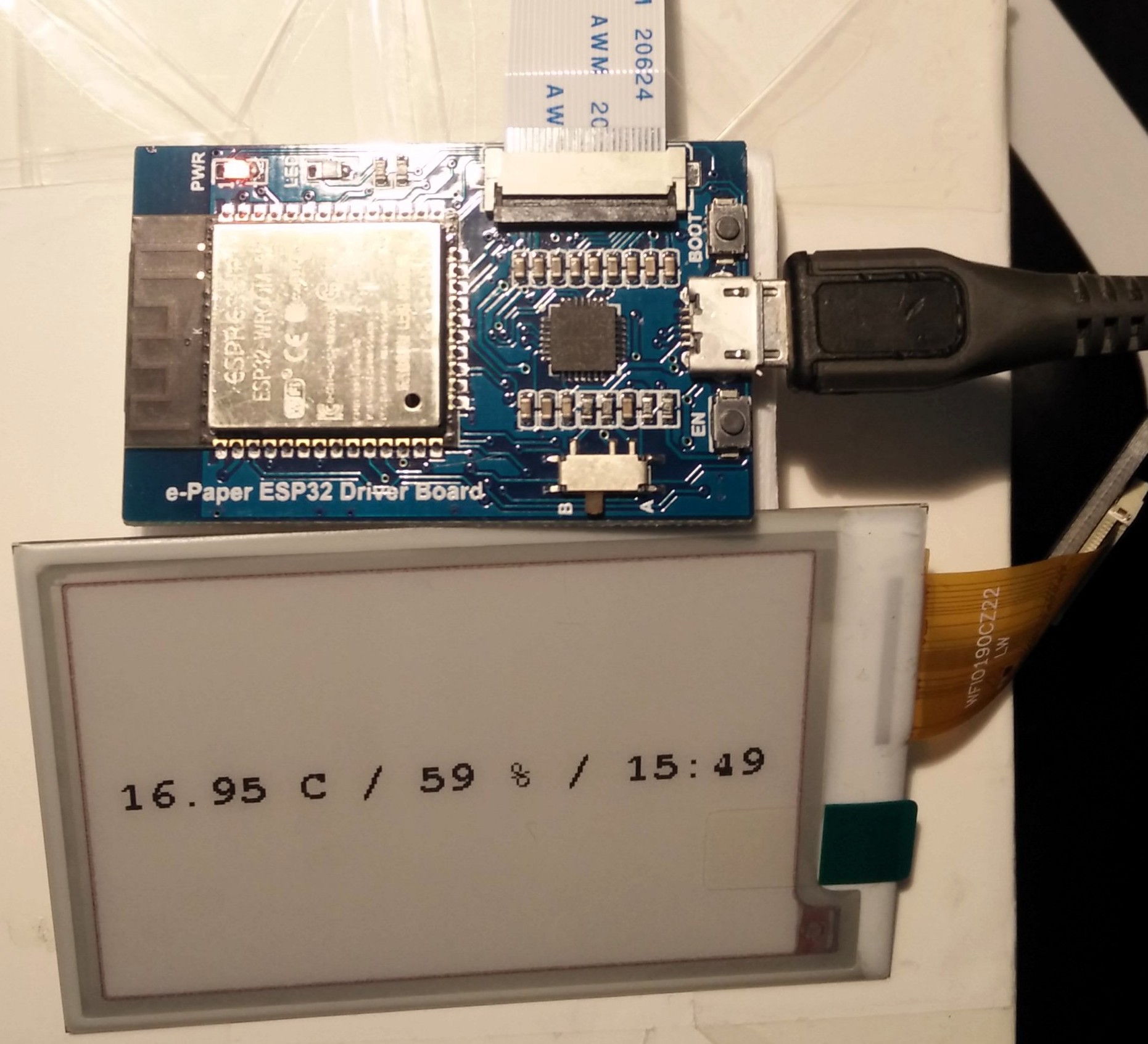Outdoor 3D Printed Wireless IoT Weather Station 9 Steps with Circuit Diagram IOT Live Weather Station Monitoring Using NodemCU ESP8266. This post is all about IoT based Live Weather Station Monitoring Using NodemCU ESP8266.We will interface DHT11 Humidity & Temperature Sensor, BMP180 Barometric Pressure Sensor, and FC37 Rain Sensor with NodeMCU ESP8266-12E Wifi Module.We will measure humidity, temperature, Barometric pressure, and rainfall and upload the data to a web

The main aim of this project is to create an online weather system dashboard based on Ubidots, which enables a user to check real-time weather parameters of a place anytime and anywhere with just a few buttons click. So, let's get started! Here's what you'll need. Materials Required. The following hardware and software will be required in this

Time Weather Monitoring System using arduino Circuit Diagram
The parameters are displayed on the Blynk IoT platform both on the Web Dashboard as well the Phone App in the form of live values and charts. This can be a good project to get started with IoT. Hardware and connection part is easy. Code and setup part is just a bit lengthy so read the instructions carefully till the end to make sure everything

Communicate between weather station and server How can I reduce maintenance to (almost) zero? Manage hanging of software Manage loss of connectivity Manage loss of energy supply. 2 .Objective/Aim : The goal of this project is to make a temperature/humidity monitor that wirelessly logs the temperature and humidity to a remote server. We will use

Building an IoT Weather Station with ESP32: A Step Circuit Diagram
4. Run the program and check real-time data online! Step 4: Create a Weather Dashboard. For easy access, display your weather data on: Mobile Apps - Use Blynk or IoT dashboards for live updates. Webpage - Create a simple HTML page fetching data from the cloud. Home Assistant Integration - Automate alerts and smart home actions.
